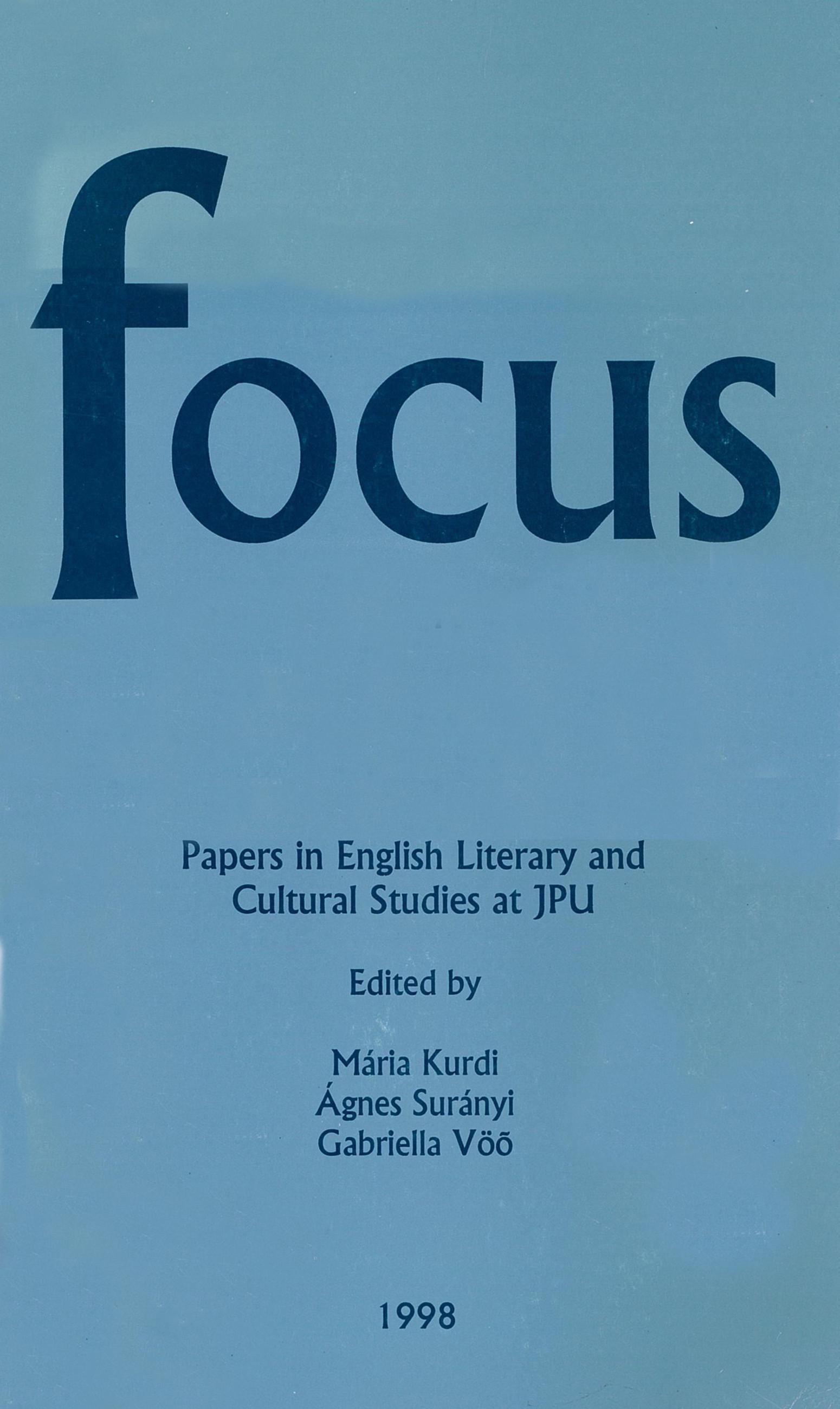"Nothing Odd Will Do Long": The Oddity of Thomas Amory's John Bunde in Relation to Tristram Shandy
Abstract
Samuel Johnson’s ill-foundedjudgment on Tristram Shandy has not come true, however, had he remarked the same about Thomas Amory’s work, The Life of John Bunde, Esq., it would have fulfilled the prophecy. Writers who claim to invent a new way of writing often meet a lack of comprehension from contemporary critics and audience, yet they might be rediscovered and included among the classics by later centuries. Also, books that are popular at the time of their first publication may soon become forgotten. Besides' literary historians, few would guess today that in the 1750’s and 1760’s Eliza Haywood was the third most popular writer in England, ahead of Smollett, Defoe and Richardson and preceded only by Sterne and Fielding. Similarly, very few would have predicted in the 1760’s that Thomas Amory’s works would hardly be read again in the following centuries despite the fact that they were popular among the contemporaiy audience. Contemporary novel writers and critics did not have that clear sense of generic distinctions as readers do today, or rather, they had a different understanding of the hierarchy of literary forms. Book titles such as the “History of,” “Life and Adventures,” “Memoirs of" and “Life and Opinions” were carelessly and interchangeably used by the frequently anonymous authors and in several biographies it is impossible to draw the line between the historical and the fictional elements (Hunter 343). In the ruthless judgment of the reviewers comic novels always fell behind highly serious works. Contemporary critics judged prose fiction in terms of the neo-classical tradition of epic theory. Le Bossu’s treatise on the epic poem (Treatise ofthe Epic Form, tri. 1695, (by “W.J.”) second ed. 1719) was a popular work in Fielding’s time; it offered rules for judging epic poems according to the fable, action, narration, manners and machines (Thornbury 95-111). Besides the moral framework, fable (plot), manners (characters), and sentiments or “thought” were the main criteria according to which critical reviews and prefaces introduced most fictional works.
Downloads
Published
How to Cite
Issue
Section
License

This work is licensed under a Creative Commons Attribution-NonCommercial-NoDerivatives 4.0 International License.
FOCUS: Papers in English Literary and Cultural Studies follows the principles laid down by Creative Commons, which provides guarantees for the Author’s copyright while also ensuring that intellectual properties are made available for the wider public in a digital form. All papers submitted to the journal apply the following licence conditions (indicated on the journal’s website as well as in individual publications):
“© This work is licensed under a Creative Commons Attribution-NonCommercial-NoDerivatives 4.0 International License.”
You are free to:
- Share, copy and redistribute the material included in the journal in any medium or format under the following terms:
- Attribution — You must give appropriate credit to the Author, and indicate the original place of publication [FOCUS: Papers in English Literary and Cultural Studies, Issue nr., page numbers.].
- NonCommercial — You may not use the material for commercial purposes.
- NoDerivatives — You are not allowed to remix, transform, or build upon the material.
- The above conditions must always be indicated if the journal material is distributed in any form.
- The above conditions must always be met, unless a written permission signed by the Author and the Editor-in-Chief states otherwise.

